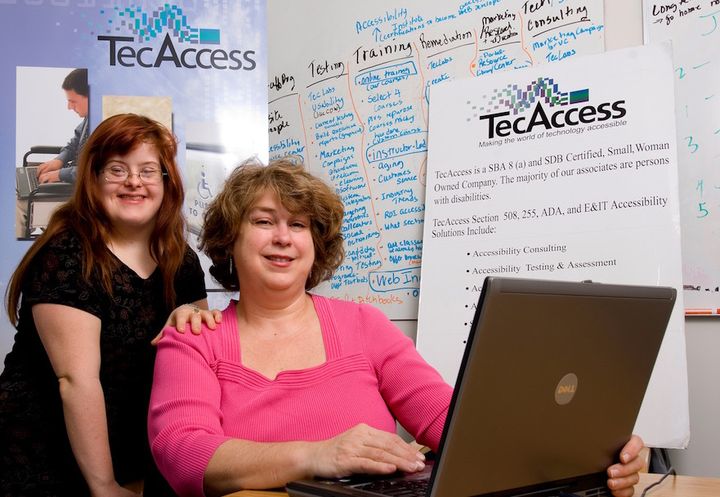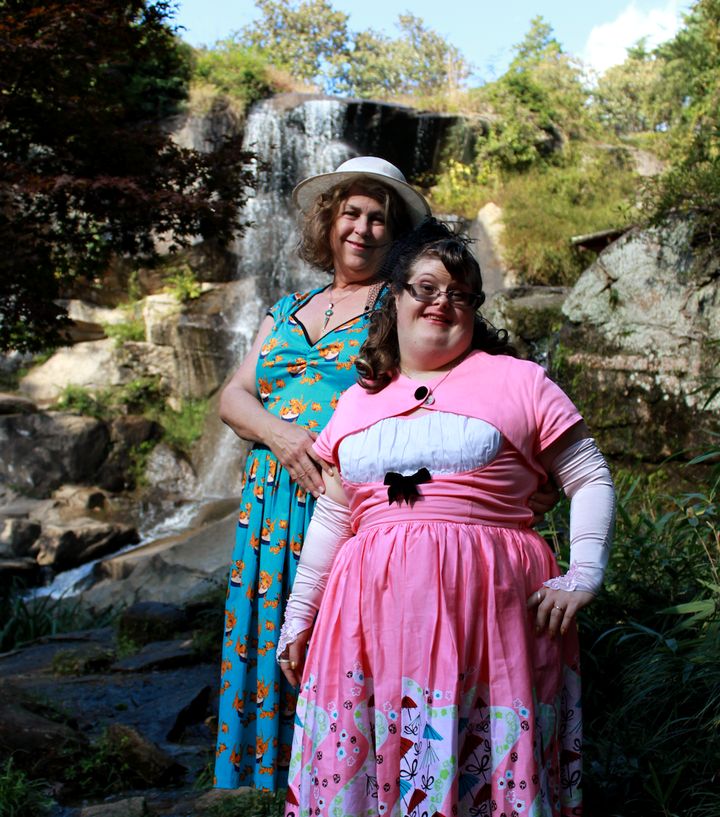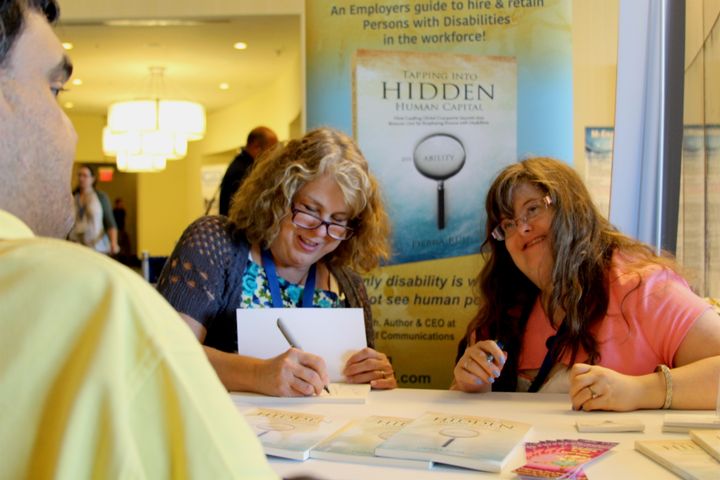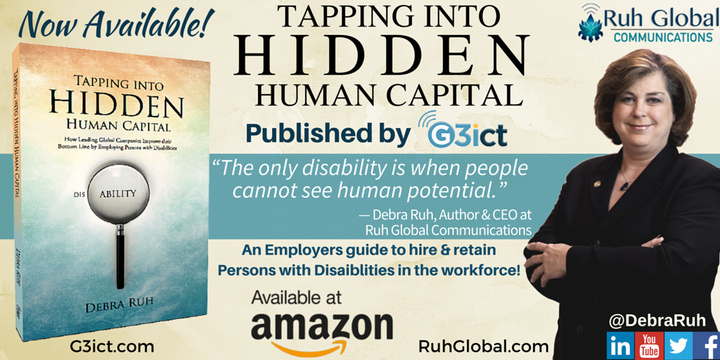Corporate Social Responsibility has become important to many people all over the world. What responsibility does corporations have to society? What role should corporations have to produce robust growth, create innovative and visionary development, especially within the workforce? What responsibilities do corporations have to assure that disenfranchised parts of our society can fully participate in society? Should corporations create strategies that will advance human and resource development in their communities, countries, and global realms?
I have had the pleasure to work in corporations my entire career. I have worked in the Telecommunications, Financial and Banking Industries. I have worked for multi-national firms, corporate America, medium and small businesses. I have also created several firms of my own. Like many other people in the United States, it was important to me to work for a company that cared about the employees and the community.

Corporations that encourage and support local, national and international volunteerism appeal to the workforce, build company loyalty, foster personal and professional development, improve the company brand, and build stronger communities where their employees and customers live, here and around the world. Employees have also made it clear that they expect their employers to hire a diverse workforce.

Nielsen survey[1] confirming what other studies have also found the majority of consumers today express a general preference for companies making a positive difference in the world. Two thirds (66%) of consumers around the world say they prefer to buy products and services from companies that have implemented programs to give back to society. That preference extends to other matters, too: they prefer to work for these companies (62%) and invest in these companies (59%). A smaller share but still nearly half (46 percent) say they are willing to pay extra for products and services from these companies, the “socially-conscious consumers,” as defined and focused upon in this report.
According to Nielsen’s survey, global, socially-conscious consumers tend to be younger: 63 percent are under the age of 40, compared to 55 percent of all respondents. In general, Nielsen’s survey shows that younger consumers are more likely to spend extra for products and services from socially-responsible companies. Fifty-one percent of all respondents aged 15 to 39 are willing to pay extra for such products and services compared to 37 percent of all respondents over age 40.
This not only applies to consumers. Employees also have expectations from their employers. Millennials state that diversity and inclusion are very important to them and essential for business success. They are defining diversity and inclusion at work. The generation gap between boomers, gen-Xers, and millennials is more like a growing trench, according to a study from Deloitte and the Billie Jean King Leadership Initiative (BJKLI).
The study analyzed 3,726 millennials view of diversity and inclusion and found that it is the blending of different backgrounds, experiences, and perspectives within a team, which is known as cognitive diversity. It also noted that a diverse workforce provides unique traits that allow the organizations to overcome challenges and achieve business goals. 71% of Millennials view cognitive diversity as a necessary element for teamwork and innovation.

Millennials define inclusion as a collaborative environment that values open participation from individuals with different ideas and perspectives. They view diversity as a representation of fairness and protection to all regardless of disability, gender, race, religion, ethnicity, or sexual orientation.
The study found that diversity and inclusion is also important for the baby boomers and Generation Xers. It is imperative to these workers that the business environment integrates individuals of all demographics into the workforce.
The authors of the study found that “Millennials yearn for acceptance of their thoughts and opinions, but compared to older generations, they feel it’s unnecessary to downplay their differences in order to get ahead,” the survey authors write. “Millennials are refusing to check their identities at the doors of organizations today, and they strongly believe these characteristics bring value to the business outcomes and impact.”[2]
Corporations must take more aggressive steps to become stronger allies for underserved parts of our population like persons with disabilities. They also need to be seen as better corporate citizens to help solve issues that affect the local, national, and global workforce. Corporations need to join forces more aggressively with governments, philanthropic, non-government organizations, and universities to tackle increasingly complex and interconnected problems in our workforce.
Most countries are still struggling to tap into underutilized parts of our society, especially persons with disabilities. Efforts have been made in this area but we have major gaps all over the world, including the United States despite the American with Disabilities Act (ADA) turning 26 years old this year. The United Nations created the Convention on the Rights of Persons with Disabilities (CRPD) and have encouraged countries to sign and ratify the treaty to afford individuals with disabilities the same civil rights as other citizens.
Despite legislative, litigation and philanthropic efforts, persons with disabilities are still not being meaningfully included in the workforce. Persons with disabilities are unemployed or underemployed all over the world. Many people think that we have ‘solved’ these issues in developing countries but this is not the case. As a global expert in this field and a mother of an adult with Down syndrome, I have studied programs all over the world. Often the efforts are being made from a charity perspective instead of the understanding that persons with disabilities can add great value to their workforce.

I have seen many training programs, internships, and apprentice programs created for persons with disabilities that never lead to paid work. It is discouraging for these talented individuals with disabilities to focus on their education, go to college, participate in internships, yet never be meaningfully included in the workforce. I know of many talented individuals with disabilities that have the same, if not better, credentials as their non-disabled counterparts that cannot find even entry-level positions.
When I first entered this field in 2001, most efforts were being made by governments, non-profits, and non-governmental organizations (NGO). I was surprised that more efforts were not being spent with the employers, especially the corporate employers. I quickly found that their seemed to be a disconnect between the disability service providers and the employers. I attended a meeting once to discuss why employers were not hiring person with disabilities. Many participants complained about employers not wanting to hire them. I asked the group to pretend that I was an employer and start a conversation with me. One man said, “My first question is, Do you have barriers to employment of persons with disabilities?” I looked at him and said the conversation is over. I said, “You just threatened me with many local and national laws like the Americans with Disabilities Act. I am going to politely listen to you and then tell you that we are not hiring. I will say anything to you at this point to get you out of my office”. He quickly said, “Well, that is not really how I start the conversation. I believe that in fact this is how we often start the conversation with employers.”
Many of the systems and service provider programs are struggling. Instead of asking employers about their employment needs, they ask about ”barriers to employment”, or ”can you create new jobs for persons with disabilities” or “can you carve up your existing jobs”?
It is also important to note that this is not the fault of the service providers. Instead, it is a system problem. Many of these programs are judged by number of people they place instead of allowing them to focus on partner with the employer. Employers need to hire a diverse workforce and they need qualified candidates.
I was recently invited to an International Labor Organization (ILO) Expert Meeting on this topic in Geneva, Switzerland. We discussed ways to create employment opportunities for persons with disabilities in the developed and developing world. We listened to best practices and innovative ideas. We also discussed the major gaps and lack of global progress.
We ask motivated, talented, and innovative persons with disabilities to go to college and get degrees, do volunteer work, enroll in training programs, and take unpaid internships and apprenticeships. Despite all their efforts, they still are not offered paid positions.
Why? There are many reasons, but it is because there is a lot of fear and misnomers about hiring people with disabilities in many countries. There are still prevailing notions that people with disabilities:
- Will not be qualified for your positions
- Take more sick days and are often late
- Are not productive or loyal
- They cannot be fired due to nonperformance
- Are expensive to accommodate
- Will not fit into your corporate culture
- Or will sue you if your systems, website, or architecture structures are not accessible
Each of these statements have been proven incorrect over and over again. It is also interesting to note that many of these ridiculous and untrue statements were made about women when they first entered the workforce.
The promising news is that we are starting to see corporate employers begin to make efforts to meaningfully include persons with disabilities in their workforce. Most of these efforts appear to be happening in the Diversity and Inclusion (D&I) areas. I recently delivered a webinar for nearly 300 employees at Avanade, a multi-national firm that has more than 27,000 positions all over the world. As a part of their Dialogues on Diversity program, we engaged in an open dialogue about the value of accessibility and disability inclusion. Avanade is a joint venture between Accenture and Microsoft. It is interesting to note that both Microsoft and Accenture also have made efforts to include persons with disabilities in their global workforces.
It is time that corporations create strategic programs to assure they are employing and retaining a diverse workforce that includes employees with disabilities. It is time for corporations to be accessible for all. In the United States there is a major uptick in litigation because of inaccessible workplaces, websites, technology, communications, enterprise systems, mobile apps, training, internal and external communications, marketing, documents, and other ICT.
Lawyers have figured out that most corporations are not making accessibility and employment of persons with disabilities a priority and will quickly settle a demand letter or lawsuit. One lawyer told me, “Debra, this is how we do it in the United States. We create laws that no one follows. So the lawyers sue the companies to make them comply with our laws. So we are doing a service for persons with disabilities.” I predict that we will continue to see a rise in litigation in the United States and other countries as people with disabilities fight for their civil rights to be fully included in the workforce and other parts of society.
A corporation would never dream of building or procuring a system that did not have privacy and security built into the core of the system. Why would you procure or build systems that are not accessible to large numbers of people? Accessible Built Environments, Workspaces, and ICT Accessibility should be considered a normal part of all business processes.
Employers need to create programs to employ persons with disabilities by creating strategic plans and roadmaps with measurements and metrics, building working relationships with program partners, providing thought leadership and executive positioning, and developing strategic communications planning and continued media and stakeholder outreach.

It is also important to include the employment and retention of persons with disabilities as part of your Future of Work efforts. Developments and Innovations with technologies from IoT, Wearables, Smart Cities, 3D Printing, and Robotics will continue to allow persons with disabilities to add tremendous value to the workforce.
I address many of these gaps, issues and strategies to meaningfully include and retain employees with disabilities in your workforce in my latest book: “Tapping Into Hidden Human Capital: How Leading Global Companies Improve their Bottom Line by Employing Persons with Disabilities” publishing by G3ict (www.G3ict.org), which is now available on Amazon

Learn more about our work at www.RuhGlobal.com or follow me on most social media channels @debraruh and @ruhglobal.
#AXSChat: Join Neil Milliken, Antonio Santos and myself for a weekly Twitter Chat on Disability Inclusion, ICT Accessibility, Built Environment, CRPD, Empowerment and Employment. Just search the hashtag #AXSChat at 3pmEST and join the conversation. You can learn more about AXSChat at www.AXSChat.com.
_______________________________________________________________________
[1] http://www.nielsen.com/us/en/insights/reports/2014/doing-well-by-doing-good.html
[2] http://www2.deloitte.com/us/en/pages/about-deloitte/articles/radical-transformation-of-diversity-and-inclusion.html
